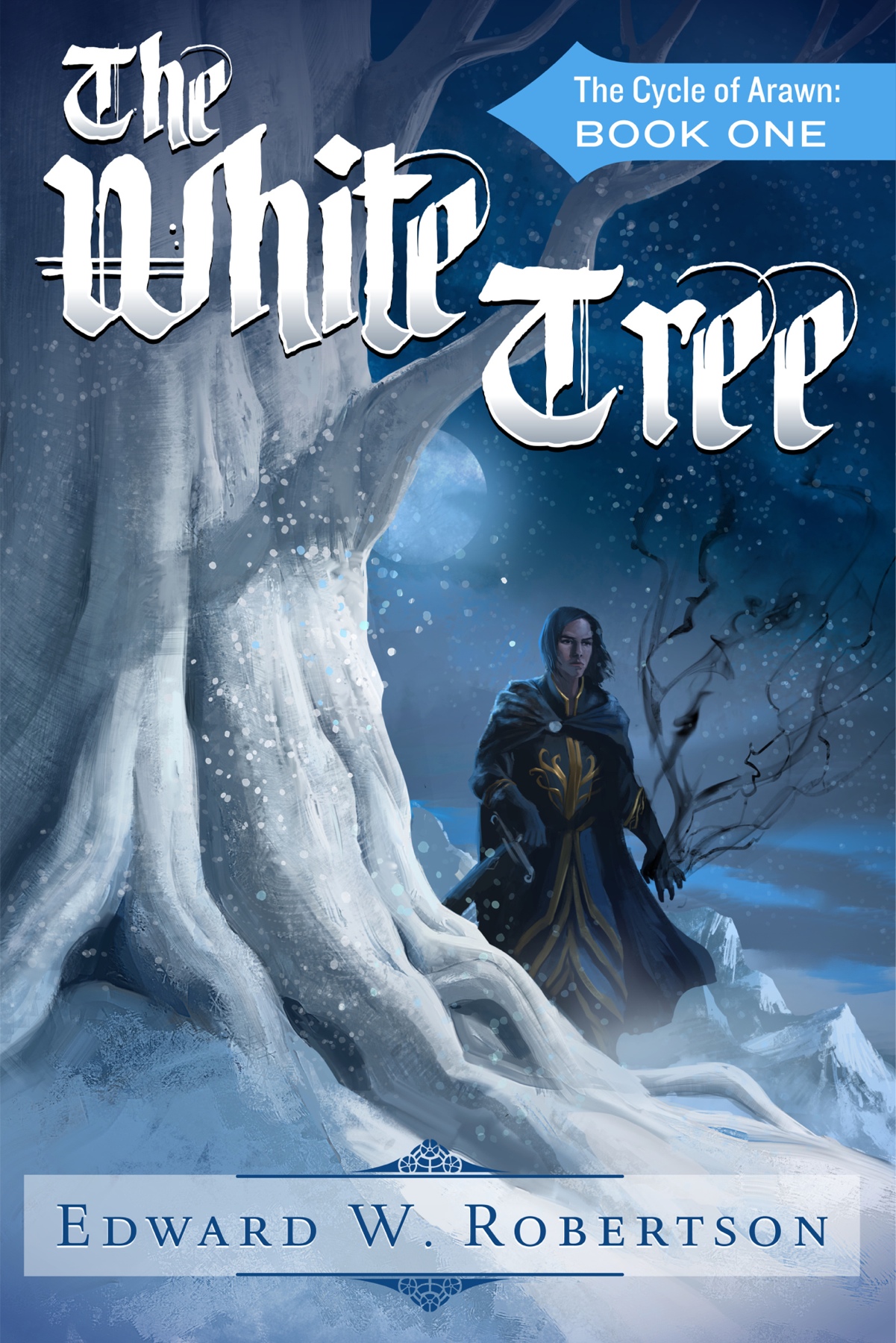In my last post examining the effects of a large free run under the current algorithms, I looked at how Breakers‘ sales had been in the week after giving away 25,000 copies. They looked steady. And given that the book would have very strong position in the popularity lists for 30 days, my best guess was that sales would stay strong throughout that period.
Still, that was just a guess. And I thought it was also quite possible that sales would slow. Significantly so, even–maybe regular browsers of the popularity list would all snap it up in the first few days, leaving it much more sluggish after that. There was no way to know for sure until more numbers came in.
Okay, by my count, it’s now been 17 days since Breakers reverted to paid. Here’s a look at its last 30 days of sales:
That is a line. An almost-straight one. That line represents numbers that are frankly humbling and my-mind-blowing; I’m not sure how to address this without it coming across as bragging. That line represents some 1250 sales and 400 borrows.
Yet it’s also a bit deceptive. That graph is measuring all numbers between #1 and #60,000. How does it look at a more micro level? Here’s the graph for the last two weeks:
By Authorcentral, it peaked May 22, ending the day at #550. It declined every single day after that, reaching its nadir at #1583 on May 31. On June 1, it leapt to #1099; it reached #821 by June 3, and while that graph isn’t showing its latest increase, at 12:45 PM June 5, it’s at #852.
What caused the rebound? Borrows are a big part of it. Breakers has been listed at #1 in Science Fiction in the Kindle Online Lending Library for at least a week now. Despite the top placement in its genre, in the last four days of May, Breakers had 37 borrows, averaging 9.25/day. In the first four days of June, it’s had 110–27.5/day. Clearly, most Prime members had exhausted their monthly borrows by the end of the month; as their borrow refreshed June 1, many new readers snapped up the book.
But an extra 18 borrows a day isn’t quite enough to boost it from #1600 to #800. The borrows can be explained by the start of a new month, but raw sales are also up, too, from 57.75/day in the last four days of May to 77.5/day over the first four days of June. That’s a 34% increase(?!?).
How to explain that? I don’t know. Its pop list ranks have been steady for days now. Presumably, as borrows came in, boosting Breakers‘ rank on various bestseller lists, the additional visibility led to a few more sales, but I don’t think that’s the only–or even the primary–driver of these extra sales. Its bestseller ranks haven’t rebounded that much. All I can offer on this front is conjecture: Are shoppers more free with their money early in the month? Does Amazon send out extra recommendation emails at the start of the month? It’s also gotten 23 new reviews since going free (it had just 9 before); is that helping to convince shoppers to click “buy”?
I don’t know. All I can conclude is that a free giveaway can pay off heavily in borrows as well as sales–right now, Breakers is #12 on the popularity lists in all Science Fiction, but none of the books above it are enrolled in Prime, meaning it gets the #1 spot in the KOLL. The frenetic pace of early-month borrows is already slowing, but that was a nice shot in the arm–my sale : borrow ratio is currently at almost exactly 3 : 1. I believe very few of those borrows are cannibalized sales. My gut feeling, having seen numbers on a bunch of other books, is that a more “normal” sale : borrow ratio would be more like 10 or even 20 : 1. In other words, a full ~25% of my total income so far this month is directly due to having such ridiculously high placement in the KOLL.
17 days in. That gives me another 13 before my free downloads slide beyond the 30-day window of the popularity lists. In another two weeks, then, I expect the gravy train to run out of steam. Possibly to fly off the rails altogether. But it won’t vanish from the popularity lists altogether–by then, it’ll have somewhere in the neighborhood of 2000 sales credited to its ranks, meaning it might only drop from page 1 to page 2 or 3. Even so, that could lead to a death spiral, a negative feedback loop where lower visibility –> lower sales –> even lower visibility –> even lower sales, but we’ll see.
Wherever it goes from here, I can’t consider this as anything but a success. It’s been fascinating to watch, and from a personal angle, it couldn’t have come at a better time–my fiancee’s workplace is reducing everyone’s hours, and our ability to scrape by, already rocky, might have become downright jagged. Even if it crashes and burns in another two weeks, it’s already saved our bacon.









Leave a Reply